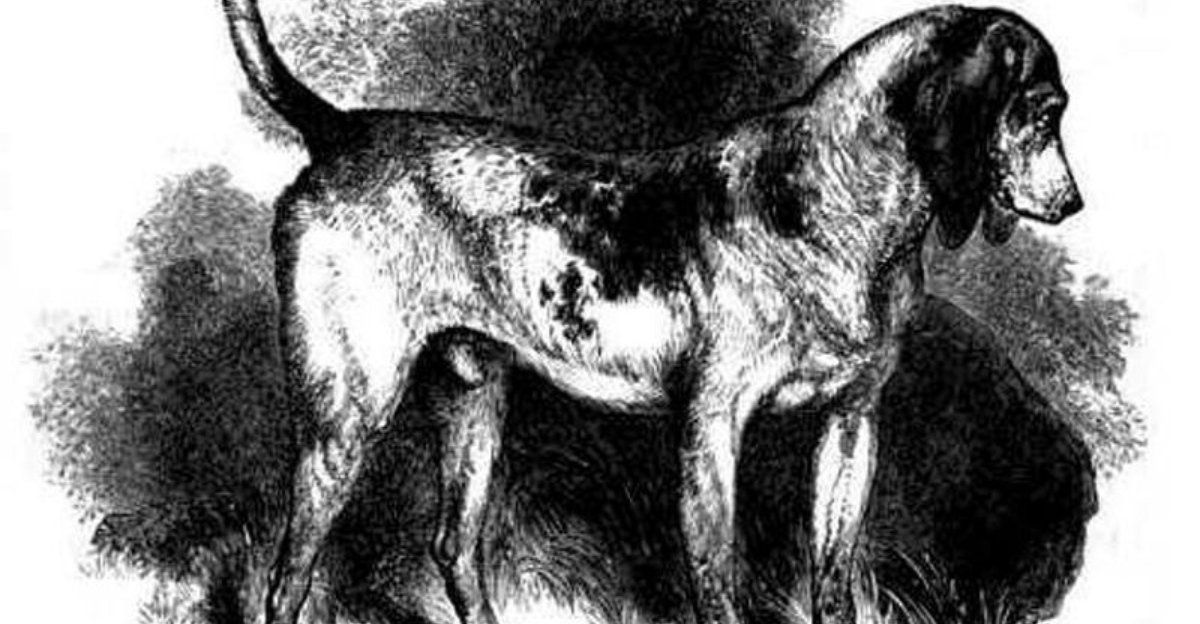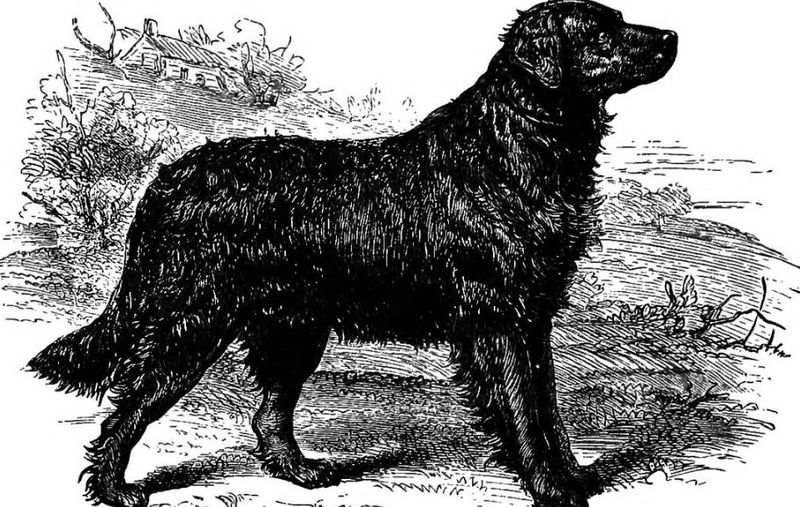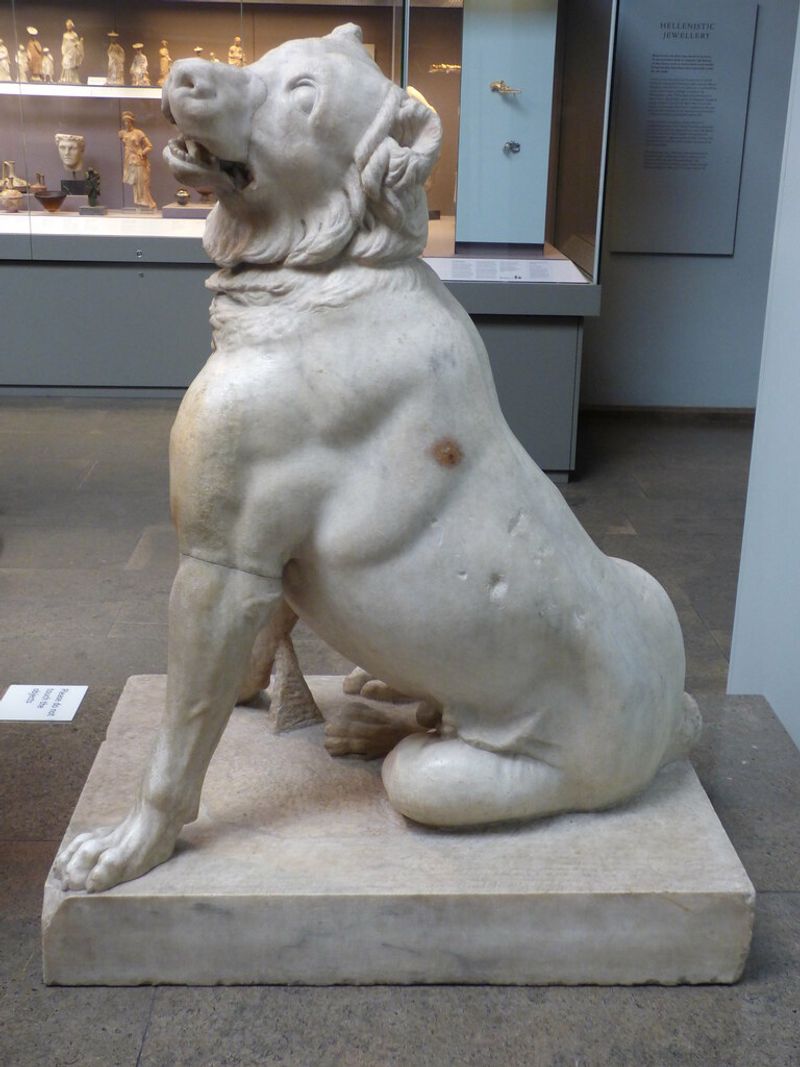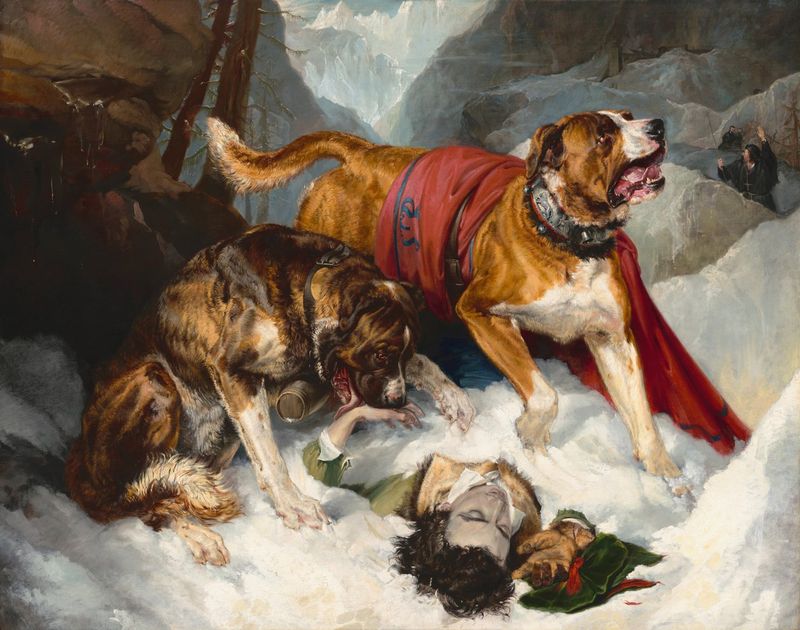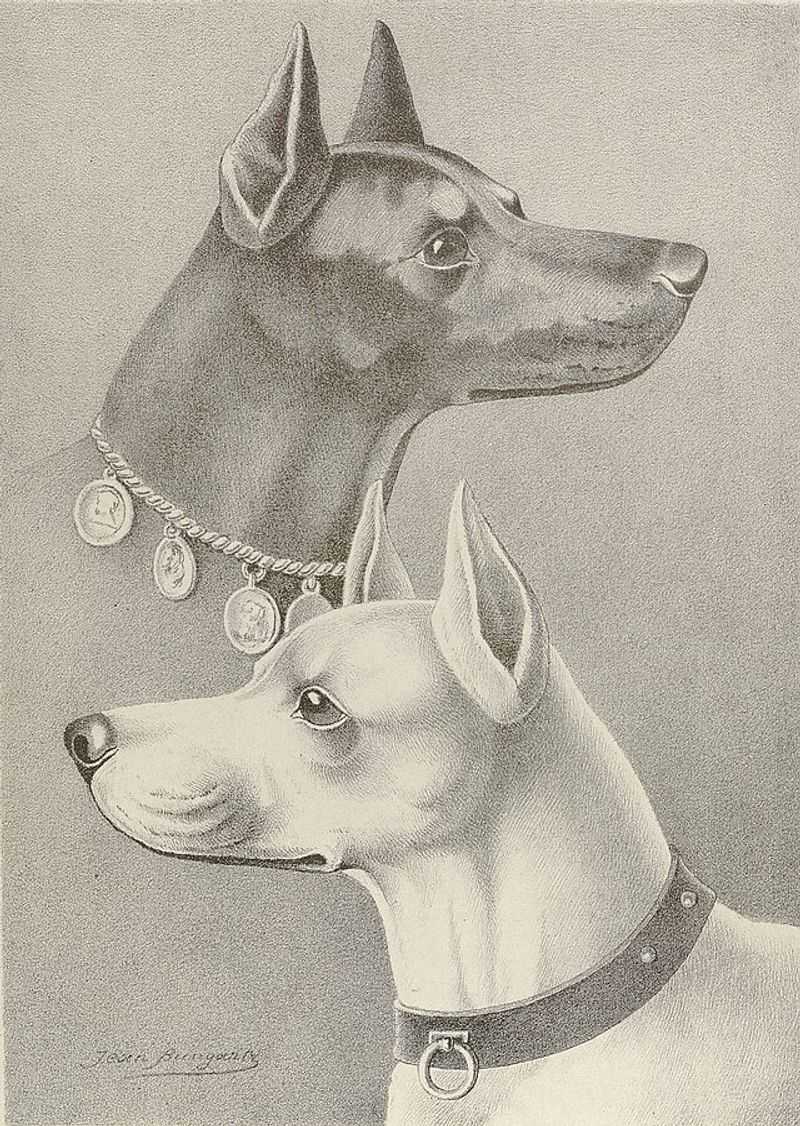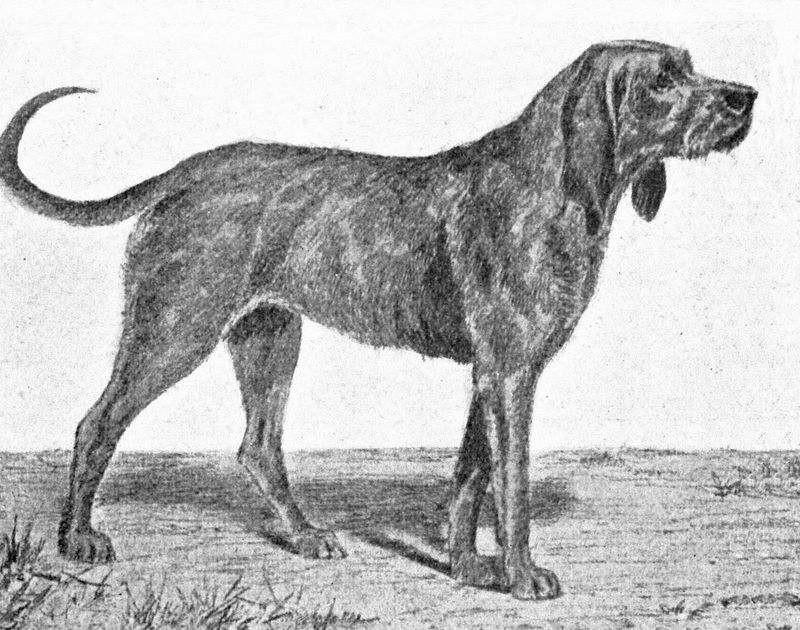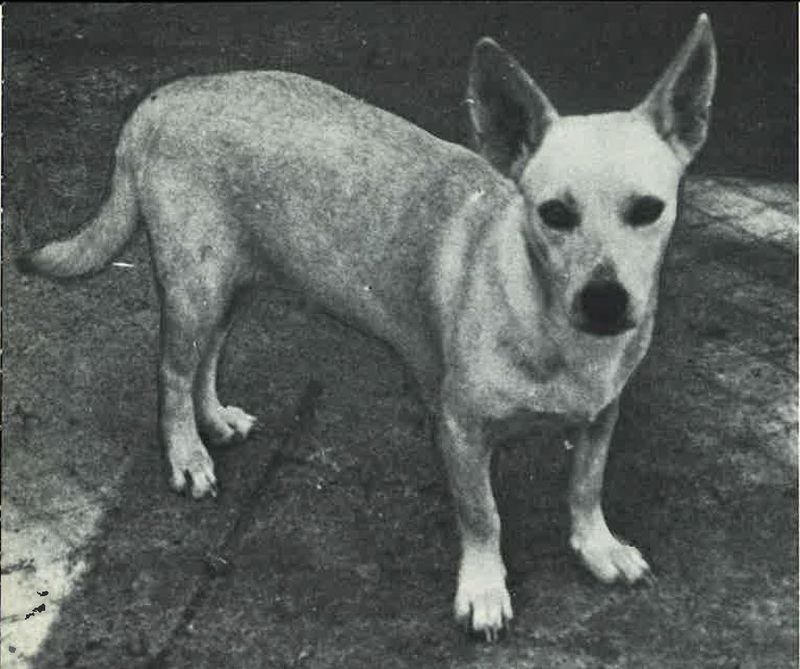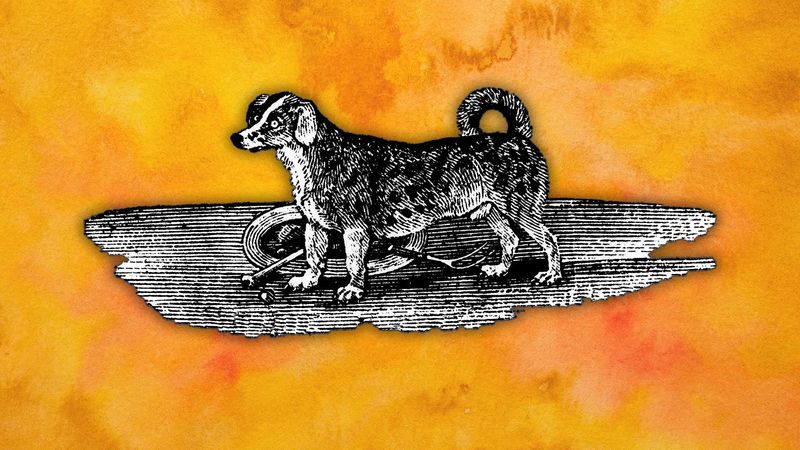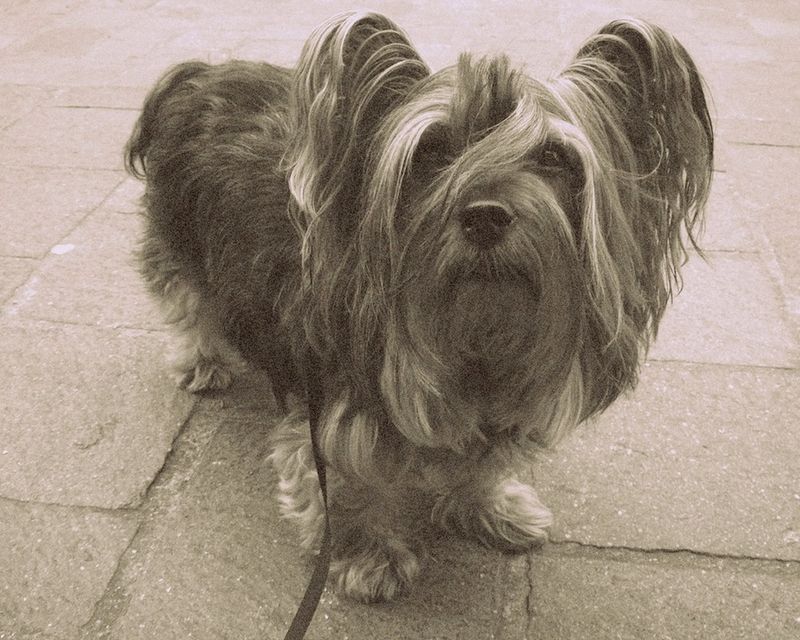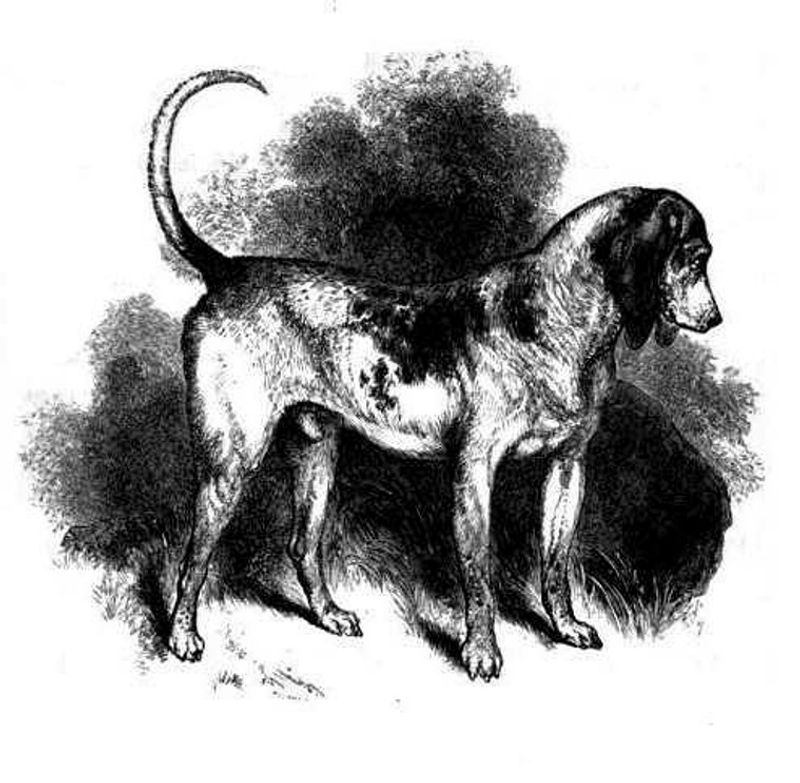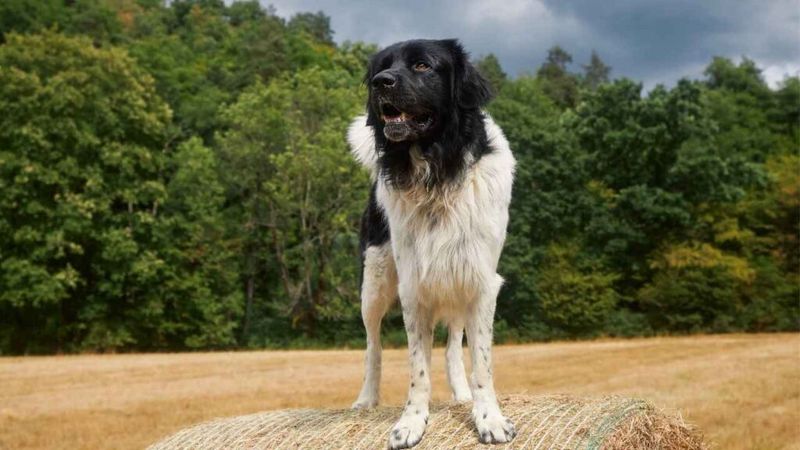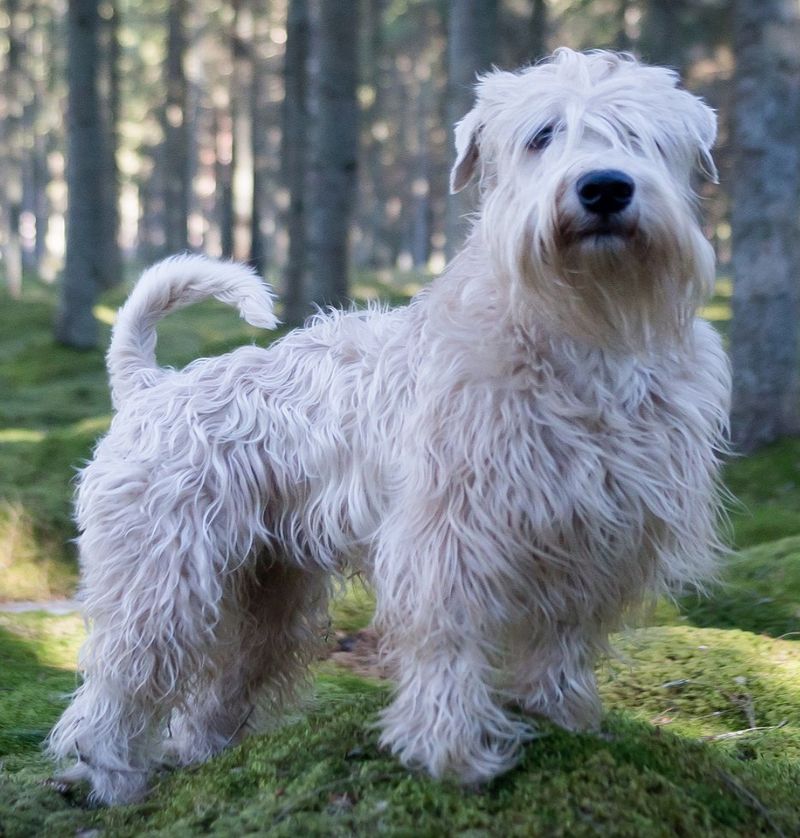Throughout history, many dog breeds have come into existence, each with unique traits and purposes. However, some of these breeds have vanished over time due to changing human needs, environment, and other factors. This post explores twelve fascinating extinct dog breeds, delving into the stories and circumstances that led to their disappearance.
St. John’s Water Dog
The St. John’s Water Dog was a robust and friendly breed from Newfoundland. Known for assisting fishermen by retrieving fish and nets, this breed was well-loved for its cooperative nature. Its characteristic black coat with white markings made it distinctive. Despite its utility, the breed disappeared due to crossbreeding with other dogs, leading to the development of the Labrador Retriever. By the early 20th century, purebred St. John’s Water Dogs were rare. Their legacy continues, seen in many modern retrievers today. This breed’s history reflects changing human needs and the advent of new breeds.
Molossus
The Molossus was an ancient breed known for its strength and size, originating from the Molossian people of ancient Greece. Used as war dogs and guard dogs, they were revered for their fearlessness. Their powerful build and intimidating presence made them ideal for protection. However, as warfare evolved, the need for such dogs diminished. By the fall of the Roman Empire, the breed had largely disappeared. Modern mastiffs and other large breeds are considered descendants of the Molossus, carrying on traits of loyalty and protectiveness. This breed’s tale is entwined with ancient history and warfare.
Alpine Mastiff
The Alpine Mastiff was a colossal breed used in the Swiss Alps as a rescue dog. Known for its gentle nature and ability to navigate treacherous terrain, it was instrumental in saving lives during avalanches. With a massive body and a kind expression, it was a beloved companion in mountainous regions. However, as mountain rescue techniques evolved, the breed’s role diminished. The Alpine Mastiff eventually became extinct, but its genes live on in the St. Bernard and other large breeds. This dog’s story is one of heroism and adaptation to new rescue methods.
English White Terrier
The English White Terrier was a small, elegant breed that emerged in 19th-century England. Known for its pure white coat and pointed ears, it was primarily a fashionable companion dog. Despite its charm, the breed faced health issues, including deafness, which hindered its popularity. Breeding practices at the time lacked genetic understanding, leading to its decline. By the early 20th century, the breed had vanished. The English White Terrier’s short-lived popularity highlights the challenges of breeding for aesthetics over health. Its legacy can be seen in modern terrier breeds.
Chien-gris
The Chien-gris was a hunting breed cherished in medieval France for its keen sense of smell and agility. With a wiry gray coat, it was adept at navigating dense forests to track game. Favored by nobility, it was often depicted in hunting scenes. However, changes in hunting practices and crossbreeding led to its decline. By the 19th century, the Chien-gris was no longer seen. This breed’s story reflects the evolution of hunting and the impact of breed mixing. Its traits persist in some French hound breeds today, echoing a time of medieval chivalry.
Hawaiian Poi Dog
The Hawaiian Poi Dog was a unique breed native to Hawaii, known for its stocky build and friendly nature. It played a role in indigenous Hawaiian culture, often accompanying families and participating in rituals. Fed a vegetarian diet, its appearance was distinct from other breeds. However, with Western influence and the introduction of foreign dogs, the Poi Dog’s genetic purity diminished. By the 20th century, it was extinct. This breed’s disappearance highlights the cultural shifts and external influences on native traditions. Today, the Poi Dog is remembered as part of Hawaii’s rich history.
Turnspit Dog
The Turnspit Dog was a small working breed that played a crucial role in 18th-century kitchens. Known for its short legs and sturdy build, it was employed to run in a wheel that turned a spit over a fire, cooking meat evenly. This unique job made it an indispensable part of culinary life. However, with the advent of modern cooking methods and technology, the demand for Turnspit Dogs declined. By the late 19th century, they were no longer needed. Their story is a testament to human ingenuity and changing technology in cooking practices.
Paisley Terrier
The Paisley Terrier was a small companion breed that emerged in 19th-century Scotland. With its long, silky coat and graceful demeanor, it was adored by the fashionable elite. Primarily kept as a lapdog, its elegant appearance made it a popular choice in Victorian parlors. However, its similarity to the Skye Terrier led to its decline, as preferences shifted toward the latter. Eventually, the Paisley Terrier faded into obscurity. This breed’s history reflects the ever-changing trends in pet ownership and the influence of societal preferences on breeding.
Talbot Hound
The Talbot Hound was a prominent hunting breed in medieval England, known for its keen sense of smell and loud bark. Its large, white body made it a striking presence in hunting packs. Favored for tracking and hunting game, it was a staple in noble hunting expeditions. However, changes in hunting practices and the development of faster breeds led to its decline. By the 17th century, the Talbot Hound had disappeared. Its legacy remains in breeds like the Bloodhound, showcasing the evolution of hunting dogs through time.
Cumberland Sheepdog
The Cumberland Sheepdog was a dedicated herding breed from Northern England, recognized for its intelligence and work ethic. With a distinctive black and white coat, it was an invaluable asset to shepherds. Known for its agility and herding skills, it thrived in pastoral settings. However, as agricultural practices evolved, the Border Collie became the preferred choice for herding, leading to the Cumberland Sheepdog’s decline. By the mid-20th century, it had vanished. This breed’s story is intertwined with agricultural development and the pursuit of efficiency in farming.
Salish Wool Dog
The Salish Wool Dog was a unique breed from the Pacific Northwest, valued by the Salish people for its thick, white coat. This wool was sheared and used to create blankets and clothing, making the breed an integral part of the local economy. Small and fluffy, it was unlike any other breed in the region. However, with the introduction of sheep’s wool and changing economic practices, the Salish Wool Dog’s role diminished. By the early 20th century, it was extinct. Its story highlights the impact of cultural and economic shifts on indigenous practices.
Tesem
The Tesem was an ancient Egyptian breed admired for its sleek appearance and agility. With a long body and pointed ears, it was often depicted in hieroglyphs and artifacts. These dogs were companions to pharaohs, symbolizing loyalty and elegance. However, as dynasties changed and new breeds emerged, the Tesem’s prominence faded. By the time of the Roman occupation, it had disappeared. The Tesem’s legacy lives on in art and history, a symbol of ancient Egyptian culture and the shifting dynamics of breed popularity.
